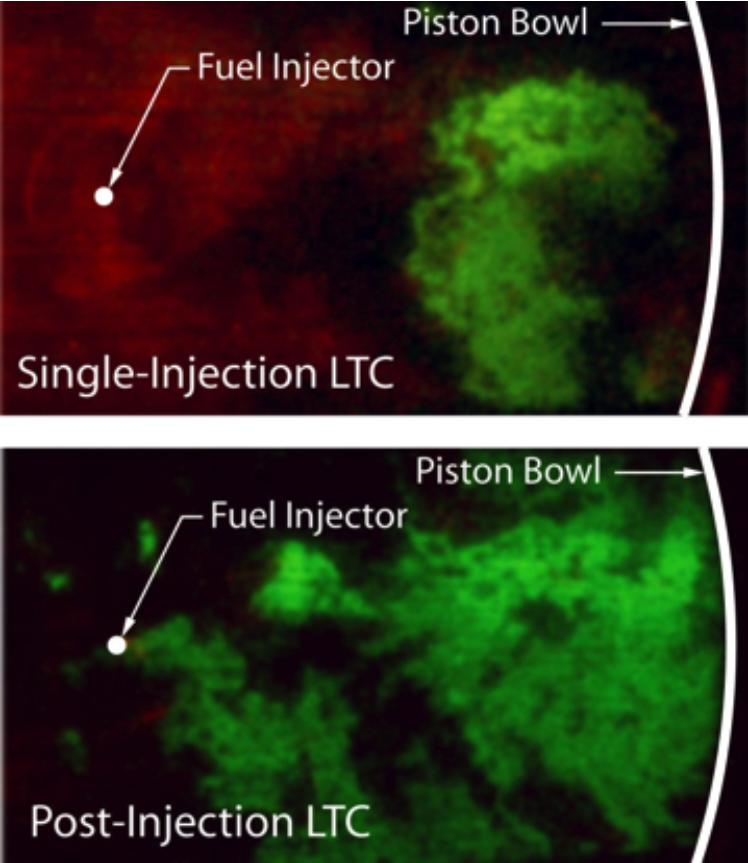Post, April 9, 2013 • Dean Dibble (8237) prepares samples of switchgrass for analysis. (photo by Randy Wong) Biofuels hold great promise for the future of transportation energy, but the day that biofuel completely replaces gasoline at the pump is still a long way off. How far off is, at best, an educated guess, with...
Search
How low-temperature combustion enables cleaner, more efficient engines
Post, April 9, 2013 • If you ask a long-haul trucker or a European car driver what pump they pull up to at the fuel station, the answer will most likely be “diesel.” These drivers choose diesel-fueled vehicles because diesel engines are more efficient than gasoline engines. When burning tens of thousands of gallons per...

Maritime ports may be the next deployment for hydrogen fuel cells
Post, April 9, 2013 • Hydrogen fuel cells may be heading out to sea in the not-too-distant future. Hydrogen fuel cells are being used in a variety of ways to provide efficient, pollution-free power—mobile lighting systems, forklifts, emergency backup systems, and light duty trucks, to name a few. Providing auxiliary power to ships in berth...
